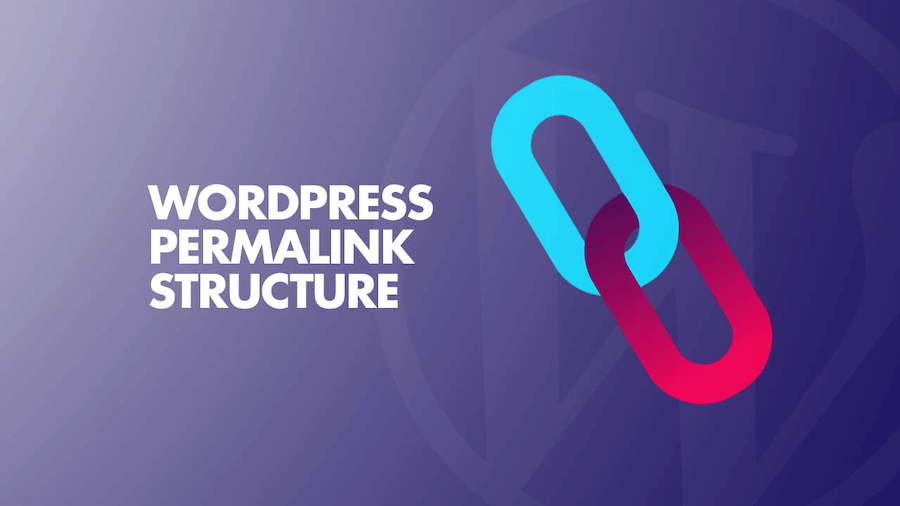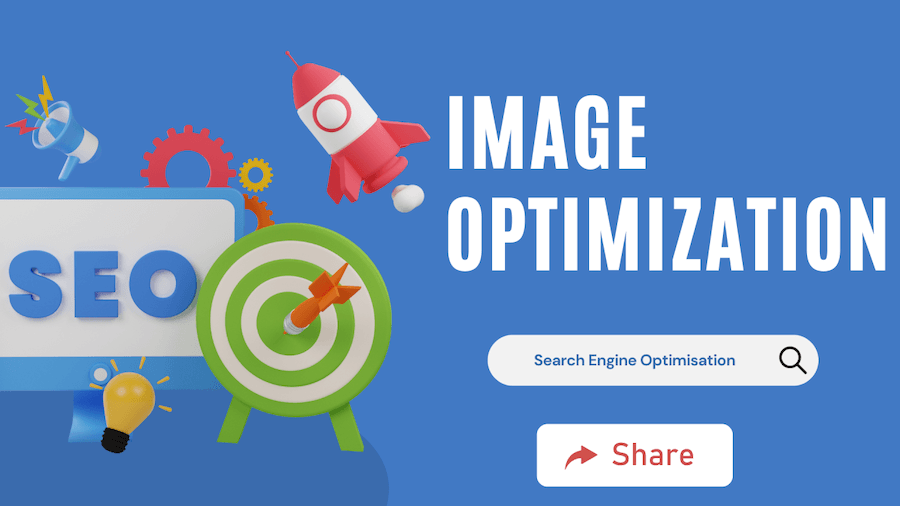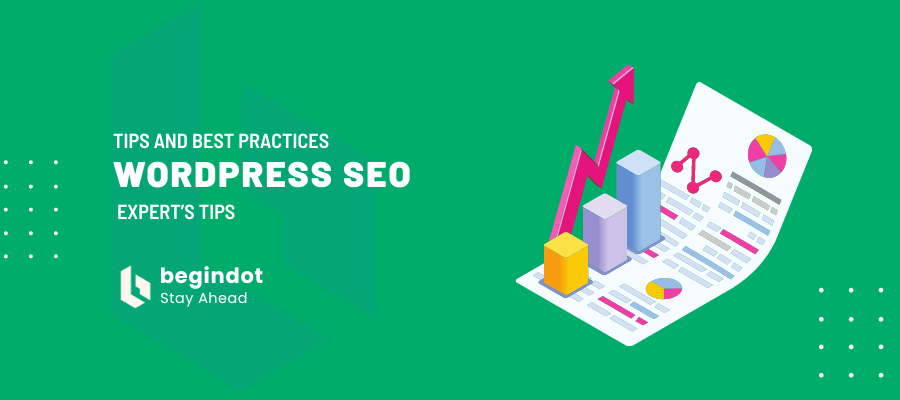In the current digital environment, any company or website must have a robust online presence to achieve maximum success.
One of the most widely used systems for the development of websites is WordPress, which is characterized by its intuitive user interface and robust set of capabilities.
Nevertheless, it is not sufficient to only create a website using WordPress; you must also optimize it for search engines to enhance its visibility and generate organic visitors.
In this post, we will discuss ten best practices and ideas for optimizing your WordPress website for search engines and increasing its visibility. These suggestions and practices will be discussed in detail.
1. Choose an SEO-friendly WordPress Theme:
“Choosing a WordPress theme that is optimized for search engine optimization (SEO) is the first step in optimizing your website for search engines. Keep an eye out for themes that are not only lightweight but also load quickly and are designed for mobile devices.
It is simpler for search engines to crawl and index themes that have code structures that are clean or organized. Make sure that the theme provides for simple adjustment of essential SEO aspects like heading structures and meta tags.
Other elements include. Astra, GeneratePress, and Schema are examples of themes that are well-known for their search engine optimization (SEO) friendliness.
Because the user experience also has a role in search engine optimization, you should also take into consideration the overall style and layout of the theme” asserts, Jeff Romero, Founder of Octiv Digital
2. Optimize Permalink Structure:

According to Greg Webber, COO of Reliable Equipment, “WordPress gives you the ability to modify the structure of the URLs, also known as permalinks, that are associated with your website.
Select a structure for your permalinks that incorporates keywords that are pertinent to the content you own. For instance, rather than utilizing generic URLs such as “yoursite.com/post123,” you should choose descriptive URLs such as “yoursite.com/keyword-rich-title.”
The user experience and click-through rates are both improved as a result of this, in addition to the fact that search engines are better able to comprehend the content of your sites. Within the settings of WordPress, you will find choices to alter permalinks.
This will ensure that your URLs are optimized for search engine optimization from the very beginning.”
3. Conduct Keyword Research:
Richard Skeoch, Director at Hyperion Tiles emphasizes, “When it comes to determining the terms and phrases that your target audience is looking for, conducting keyword research is necessary.
Employing tools such as Google Keyword Planner, SEMrush, or Moz Keyword Explorer, you may find keywords that are related to your business and have a high search volume but low levels of competition.
Pay attention to long-tail keywords that are particular to the industry or area that you are working in. When selecting keywords, it is important to take into consideration elements such as search volume, competitiveness, and user intent to boost your chances of ranking for relevant searches, you should incorporate these keywords into the content of your website in a natural way. This includes putting them in headings, meta tags, and internal text.”
4. Optimize Meta Tags:
“To provide search engines with information regarding the content of your web pages, meta tags, which include meta titles and meta descriptions, are utilized.
It is important to personalize the meta title and meta description of each page so that they appropriately represent the content of the page and incorporate the target keywords. You can simply enhance the meta tags on your WordPress website by utilizing search engine optimization plugins such as Yoast SEO or Rank Math.
When trying to boost click-through rates in search engine results, it is important to remember to make meta tags succinct and engaging. In addition, you should think about utilizing the schema market to supply search engines with additional information regarding your content, such as product reviews, recipes, or events” says, Daniel Foley, Founder of Daniel Foley SEO Consultancy
5. Create High-Quality Content:
“When it comes to search engine optimization (SEO), content is an essential component. Concentrate on producing material that is of high quality, pertinent, and valuable, and that caters to the requirements and interests of the audience you are trying to reach.
It is important to conduct extensive studies and offer distinctive insights or viewpoints on subjects that are connected to your expertise. Make sure that your website is always up-to-date and interesting by publishing new and unique material regularly.
Include the target keywords naturally throughout all of your website pages, including your articles, blog posts, and other pages. To make your material more visually appealing and interesting for users, you should incorporate features such as headlines, bullet points, and multimedia aspects.
In the process of developing content, it is important to take into account the user’s search intent and to make every effort to deliver the most comprehensive and helpful information available” adds, Andy Fryer, Co-Founder of Easy Signs
6. Optimize Images for SEO:

As per Michael Hurwitz, Chief Executive Officer (CEO) of Careers in Government, “Images play a significant part in both user engagement and search engine optimization.
You should make sure that the photos you add to your WordPress website are optimized for both performance and search engines before you add them. To assist search engines in comprehending the content of your photographs, you should make use of descriptive file names and alt tags that contain pertinent keywords.
In addition, compressing images can help reduce the size of the file and improve the loading times of the page. Accessibility, user experience, and search engine optimization performance can all be improved with properly optimized photos.
When it comes to automating the process of optimizing photos on your WordPress website, you might want to think about using image optimization plugins such as Smush or Imagify.”
7. Improve Website Speed and Performance:
Jessica Shee from iBoysoft says, “The speed and performance of a website are important ranking factors in search engine optimization. A website that loads quickly not only offers a more satisfying experience for its visitors but also achieves a higher ranking in the results of search engines.
With the help of applications such as Google PageSpeed Insights or GTmetrix, you can evaluate the performance of your website and locate areas in which it could be improved.
Caching should be enabled, images should be optimized, CSS and JavaScript files should be minified, and a dependable web hosting company should be selected to get the best possible website speed and performance.
If you want to improve page load speeds for users in different geographic locations, you might think about employing a content delivery network (CDN) to distribute the content of your website across several servers located all over the world. This will reduce latency and improve response times.
8. Implement Responsive Design:
Having a responsive website design is vital for search engine optimization (SEO) because of the growing use of mobile devices. Your website will be able to adjust to different screen sizes and devices and display correctly if it is designed using a responsive design.
Because Google gives mobile-friendly websites a higher rating in its search results, you should make sure that your WordPress theme is responsive and offers a consistent user experience across all devices. To verify that your website appears and performs appropriately on mobile devices, you should test it on a variety of devices and screen sizes.
Take into consideration the utilization of tools such as Google’s Mobile-Friendly Test to assess the mobile-friendliness of your website and locate areas that require enhancement.
9. Build Quality Backlinks:

“One of the most important ranking factors in search engine optimization is backlinks, often known as inbound links from other websites to your own. The primary focus should be on constructing high-quality backlinks from websites that are authoritative and relevant within your business or area.
The following are some of how you might accomplish this goal: guest blogging, outreach to influencers, promotion on social media, and participation in online groups or forums. Not only do backlinks of high quality generate traffic to your website, but they also send a message to search engines that indicates that the content you provide is reliable and important.
When it comes to search engine optimization (SEO), you should steer clear of backlinks that are spammy or of low quality. Regularly monitoring your backlink profile and disavowing any backlinks that are harmful or irrelevant is necessary to keep your link profile in good condition.” asserts, Sasha Quail, Business Development Manager of claims.co.uk
10. Monitor and Analyze Performance:
Maintain a consistent monitoring and analysis schedule for the performance of your website by utilizing tools such as Google Analytics and Google Search Console.
To evaluate the efficacy of your search engine optimization activities, it is important to monitor key metrics such as organic traffic, keyword ranks, bounce rate, and conversion rate. Determine the areas in which you may improve and make the required improvements to your SEO plan to guarantee that your business will continue to expand and remain visible in search engine results.
The search visibility of your website must be maintained and improved over time, and regular monitoring and analysis are crucial to accomplishing this endeavor. You might want to think about setting up custom alerts in Google Analytics so that you are notified of significant changes in the performance or traffic of your website.
Utilize insights that are powered by data to guide your search engine optimization approach and prioritize activities that will result in the highest return on investment.
Conclusion:
When it comes to search engine optimization, your WordPress website needs to be optimized with careful attention to detail and a planned strategy.
You will be able to improve the search engine optimization (SEO) performance of your website and raise the likelihood that it will rank higher in the results of search engines if you follow these ten best practices and guidelines.
It is important to remember to select a WordPress theme that is optimized for search engine optimization (SEO), to carry out extensive keyword research, to optimize meta tags and images, to enhance the speed and performance of the website, to implement responsive design, to construct quality backlinks, and to monitor and analyze performance regularly.
If you have a thorough SEO strategy in place, you will be able to improve your search engine ranks, increase the amount of organic traffic that visits your website, and eventually accomplish the objectives you have set for your company.









